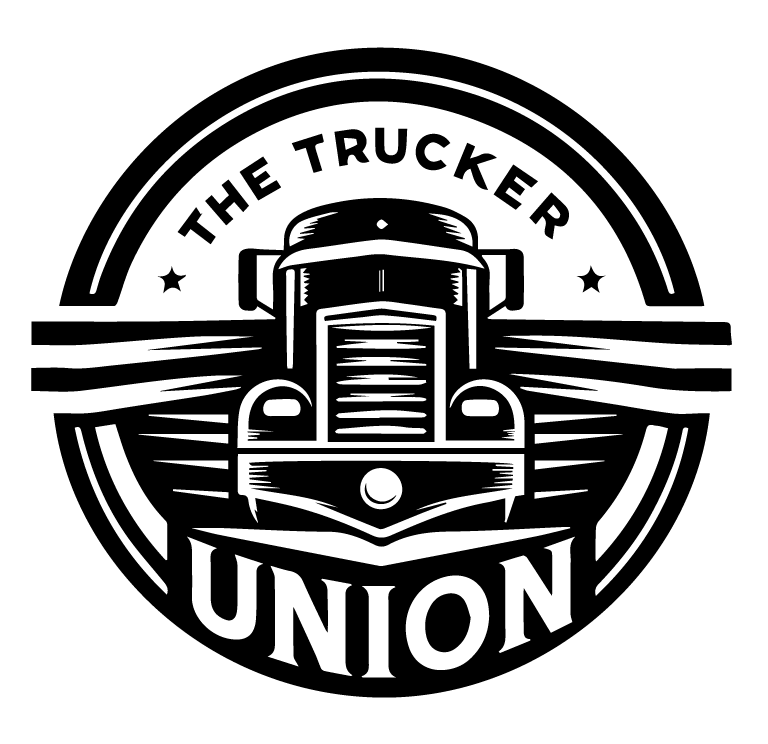
The Surge in U.S. Imports from Mexico: What It Means for Trucking Companies
In recent years, the volume of imports from Mexico to the United States has seen a significant uptick. This surge, driven by various economic and geopolitical factors, has profound implications for the trucking industry. As trucking company owners, understanding these trends can help you navigate the evolving landscape and seize new opportunities. Let’s explore the key reasons behind the increased imports and how they might affect your business.
Competitive Labor Costs and Manufacturing Shifts
One of the primary drivers of the increase in U.S. imports from Mexico is the competitive labor costs. Mexico offers a skilled workforce at a fraction of the cost compared to the United States and other developed countries. This cost advantage has attracted numerous U.S. companies to relocate or expand their manufacturing operations south of the border.
For trucking companies, this shift means more goods being transported from Mexican manufacturing hubs to U.S. markets. The proximity of Mexico to the United States reduces transportation costs and delivery times, creating a robust demand for cross-border trucking services. Companies that can efficiently manage cross-border logistics are poised to benefit significantly from this trend.
Impact of Trade Tensions and Global Supply Chain Shifts
The ongoing trade tensions between the United States and China have led many companies to seek alternative manufacturing locations. With the imposition of tariffs and trade barriers on Chinese goods, Mexico has emerged as an attractive alternative due to its favorable trade agreements and strategic location.
Moreover, China has been investing in Mexico, building factories, and establishing partnerships to bypass U.S. tariffs. This strategy results in an increased volume of goods produced in Mexico and exported to the United States. For trucking companies, this translates to more freight to move across the border, enhancing the demand for reliable and efficient cross-border trucking services.
The USMCA and Strengthened Trade Relations
The United States-Mexico-Canada Agreement (USMCA), which replaced NAFTA, has further solidified trade relations between the two countries. The agreement includes provisions that enhance labor rights, environmental protections, and digital trade, making Mexico an even more attractive destination for manufacturing.
USMCA ensures that products manufactured in Mexico can enter the U.S. market with reduced tariffs or even duty-free, provided they meet certain criteria. This encourages U.S. companies to source more components and finished goods from Mexico, boosting import volumes. For trucking companies, the implications are clear: an increase in cross-border trade means more business opportunities for hauling goods between the two countries.
Infrastructure and Logistics Improvements
Mexico has been investing heavily in improving its infrastructure and logistics capabilities. The development of modern highways, rail networks, and ports has facilitated smoother and more efficient transportation of goods. These improvements not only reduce the time and cost of moving products but also increase the reliability of supply chains.
For trucking companies, these infrastructure improvements mean more efficient and reliable routes for cross-border freight. Enhanced infrastructure helps minimize delays and disruptions, ensuring timely deliveries and increased customer satisfaction. As Mexico continues to upgrade its transportation network, the demand for trucking services is expected to grow.
Nearshoring Trends and Economic Resilience
Nearshoring, the practice of relocating manufacturing closer to the end market, has gained momentum in recent years. Companies are increasingly moving their operations to Mexico to reduce supply chain risks and enhance resilience. This trend is expected to continue boosting cross-border trucking in 2024 and beyond, as reported by FreightWaves.
For trucking companies, nearshoring presents a golden opportunity. With more goods being produced closer to home, the need for efficient and reliable trucking services will rise. Trucking companies that can adapt to this trend and provide seamless cross-border logistics will be well-positioned to thrive in this evolving market.
Conclusion
The recent uptick in U.S. imports from Mexico is driven by competitive labor costs, shifting global supply chains, strengthened trade agreements, infrastructure improvements, and nearshoring trends. For trucking company owners, these factors represent significant opportunities to expand and optimize cross-border operations. By staying informed and adapting to these changes, trucking companies can leverage the growing demand for cross-border freight services and drive their business forward in this dynamic environment.












